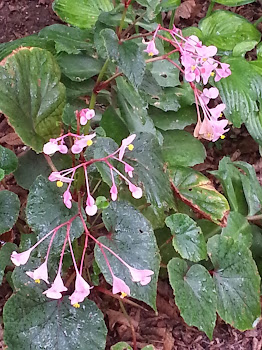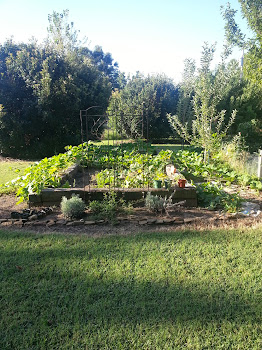Purple Perilla Frutescens var Crispa from Kitazawa Seed

Our Purple Perilla patch really grew into a thing of beauty this summer. And, it was all from volunteer seedlings that sprouted from last year's plants. The deep purple leaves are beautiful as filler in flower arrangements and bees love the tiny flowers. The flavor is delicious if you like cinnamon, which we do. Many people use this mint in salads, to wrap seasoned rice, and as a vinegar dye in pickling recipes. Here's a recipe that layers the leaves with a spicy vegetable sauce - sounds yummy - Misty Yoon . Or you could make Kim Chi following the recipe on Maangchi . Two of its names include Sesame, for example, in French its name is Sesame sauvage. Our original seeds came from Kitazawa Seed Another variety Perilla frutescens, is used in Shinto ceremonies. There is plenty of speculation about medicinal uses such as its containing Omega 3 oils, but nothing that sounds like it should be recommended...It's mostly grown for the varnish industry. Of course, Oc







